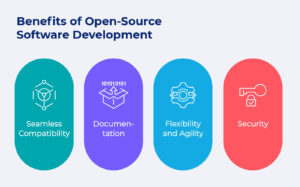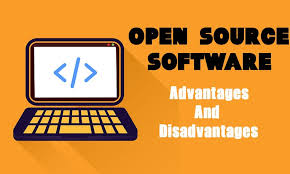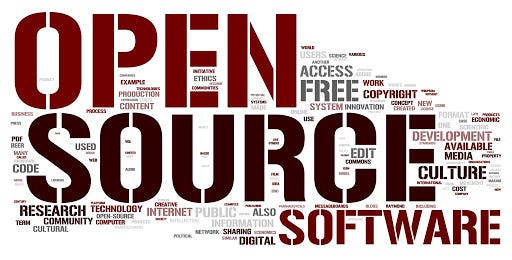Open-source software (OSS) refers to programs and applications whose source code is freely available for anyone to inspect, modify, and distribute. Unlike proprietary software, which is closed and controlled by a single entity, OSS fosters transparency, collaboration, and community-driven development.

Key Characteristics of Open-Source Software
-
Free Access to Source Code – Developers and users can view, modify, and improve the code.
-
Collaborative Development – Open-source projects thrive on contributions from a global community of developers.
-
License Freedom – Open-source licenses (such as GPL, MIT, and Apache) define how the software can be used, modified, and shared.
-
Security and Transparency – Publicly accessible code allows for peer review, which helps identify and fix security vulnerabilities.
-
Cost-Effective – Most open-source software is free to use, reducing costs for individuals and businesses.
Popular Open-Source Software Examples

There are numerous popular open-source software applications used across different industries, offering free and flexible alternatives to proprietary solutions. Operating systems like Linux, Ubuntu, and Fedora are widely adopted, particularly for servers and development environments, due to their stability and security. In web browsing, Mozilla Firefox and Brave provide open-source alternatives with a focus on privacy and customization. For office productivity, LibreOffice and Apache OpenOffice serve as robust replacements for proprietary office suites, offering word processing, spreadsheets, and presentation tools.
In software development, Git, a version control system, is an essential tool for developers, while Visual Studio Code and Eclipse provide powerful coding environments. MySQL and PostgreSQL are among the most popular open-source database management systems, widely used for web applications and enterprise solutions. Additionally, WordPress, Joomla, and Drupal enable website creation and content management, powering a significant portion of the internet. These open-source solutions highlight the diversity and impact of community-driven software, offering reliable and customizable options across various domains.
Benefits of Open-Source Software

-
Flexibility and Customization – Users can tailor the software to their specific needs.
-
Community Support – Large communities provide forums, documentation, and help.
-
Interoperability – Many OSS projects are designed to work across various platforms and systems.
-
No Vendor Lock-In – Users are not restricted to a single provider, as they can modify and host the software independently.

Challenges of Open-Source Software
-
Learning Curve – Some open-source tools require technical expertise.
-
Lack of Official Support – Unlike proprietary software, official customer service may be limited.
-
Compatibility Issues – Some open-source applications may not work seamlessly with proprietary software.
